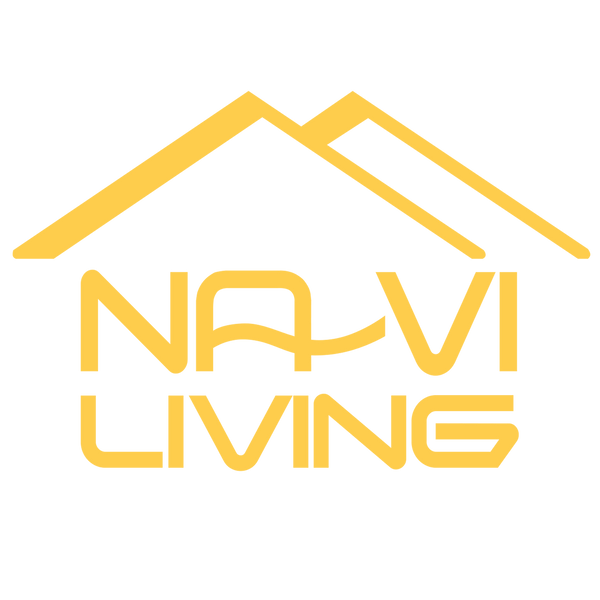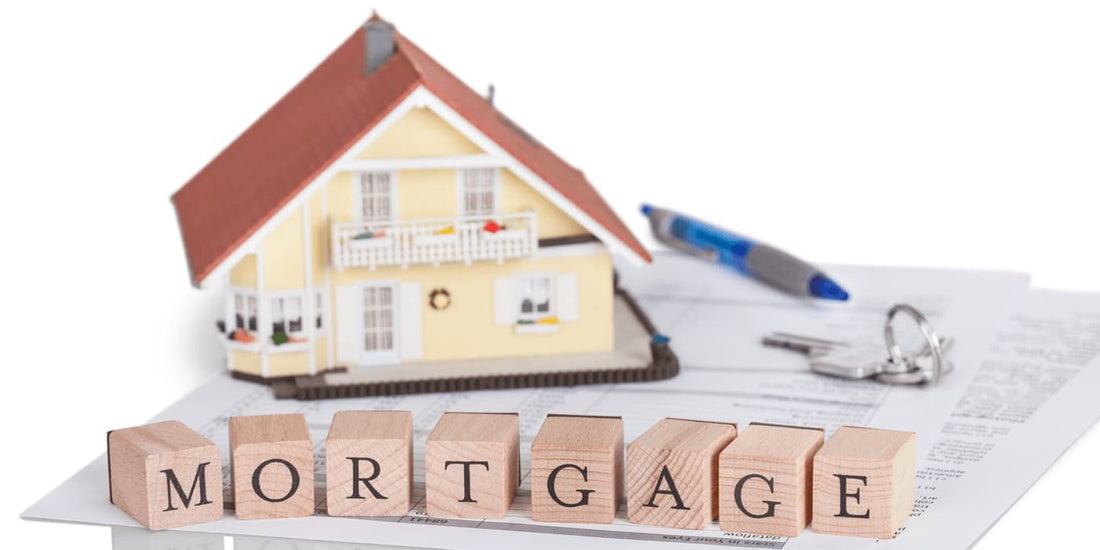A mortgage is one of the most common financial instruments used to purchase real estate. Whether you are a first-time homebuyer, a homeowner considering refinancing, or an investor exploring real estate opportunities, understanding mortgages is essential. This guide explains what a mortgage is, how it works, its key components, and the different types available to help you make informed financial decisions.
What Is a Mortgage?
A mortgage is a loan secured by real estate, typically used to purchase a home or property. The borrower agrees to repay the lender over a specified period through regular payments, which include both principal (the borrowed amount) and interest (the cost of borrowing).
Since a mortgage is a secured loan, the property itself serves as collateral. If the borrower fails to meet repayment obligations, the lender has the legal right to foreclose on the property, selling it to recover the outstanding loan balance.
How Does a Mortgage Work?
Mortgages function through a structured repayment system, typically spanning 15 to 30 years. Here is an overview of the mortgage process:

1. Loan Application and Approval
- The borrower applies for a mortgage from a financial institution, such as a bank or mortgage lender.
- The lender assesses the applicant’s credit score, income, debt-to-income ratio, and financial history to determine eligibility.
- If approved, the lender offers a loan amount and specifies the interest rate and loan terms.
2. Loan Terms and Structure
- Loan Term: The duration of the mortgage (e.g., 15, 20, or 30 years).
- Interest Rate: The cost of borrowing, which can be fixed or variable.
- Monthly Payments: These include both principal and interest, with an option to include property taxes and homeowners’ insurance.
3. Repayment Process
- The borrower makes monthly mortgage payments based on the agreed-upon loan term.
- Payments are structured so that in the early years, a larger portion goes toward interest, while in later years, more is applied to the principal.
- If the borrower pays off the mortgage before the term ends, they own the property outright.
Key Components of a Mortgage
Understanding the key elements of a mortgage helps borrowers make better financial choices.
1. Principal
The principal is the original loan amount borrowed from the lender. Each mortgage payment reduces this amount over time.
2. Interest
The interest is the cost of borrowing, expressed as an annual percentage rate (APR). It can be either fixed (unchanging) or variable (fluctuating based on market conditions).
3. Loan Term
The loan term determines how long the borrower has to repay the mortgage, usually between 15 and 30 years. A shorter term results in higher monthly payments but lower overall interest costs.
4. Down Payment
A down payment is the upfront amount the borrower pays when purchasing a property. It is typically expressed as a percentage of the home’s price. In many cases:
- Conventional mortgages require at least 20% down to avoid mortgage insurance.
- High-ratio mortgages allow down payments below 20%, requiring mortgage insurance.
5. Mortgage Insurance
If the down payment is less than 20%, the borrower must pay for mortgage insurance to protect the lender in case of default. This is required in high-ratio mortgages.
6. Amortization
Amortization refers to the process of gradually repaying a mortgage over time. A loan with a 30-year amortization schedule spreads payments over three decades, making monthly costs more affordable.
Types of Mortgages

There are various types of mortgages designed to suit different financial situations.
1. Fixed-Rate Mortgage
A fixed-rate mortgage has an interest rate that remains constant throughout the loan term.
- Benefits: Predictable payments, long-term stability.
- Considerations: May have higher initial interest rates than variable-rate options.
2. Variable-Rate Mortgage
A variable-rate mortgage (VRM) has an interest rate that fluctuates based on market conditions.
- Benefits: Potential for lower interest costs if rates decrease.
- Considerations: Monthly payments can increase if interest rates rise.
3. Open Mortgage
An open mortgage allows borrowers to make lump-sum payments or pay off the loan early without penalties.
- Benefits: Flexibility in repayment.
- Considerations: Typically comes with higher interest rates.
4. Closed Mortgage
A closed mortgage has restrictions on early repayment, often resulting in penalties for additional payments.
- Benefits: Lower interest rates than open mortgages.
- Considerations: Limited flexibility for early repayment.
5. Conventional Mortgage
A conventional mortgage requires a down payment of at least 20%, avoiding mortgage insurance.
- Benefits: Lower long-term borrowing costs.
- Considerations: Requires a significant upfront payment.
6. High-Ratio Mortgage
A high-ratio mortgage is issued with a down payment below 20%, requiring mortgage insurance.
- Benefits: Enables homeownership with a smaller initial investment.
- Considerations: Additional cost due to mortgage insurance.
How to Choose the Right Mortgage?
Selecting the best mortgage depends on individual financial goals and circumstances. Consider the following factors:
- Financial Stability: Can you afford fluctuations in interest rates? If not, a fixed-rate mortgage might be safer.
- Loan Term Preferences: Are you looking for lower monthly payments (30-year term) or quicker repayment (15-year term)?
- Flexibility Needs: If early repayment is a priority, an open mortgage may be a better option.
- Down Payment Capacity: A higher down payment reduces borrowing costs and eliminates mortgage insurance.
Consulting a mortgage broker or financial advisor can help assess your situation and identify the best mortgage product.
Final Thoughts
A mortgage is a powerful financial tool that enables homeownership while providing flexibility in repayment. Understanding its structure, key components, and various types allows borrowers to make informed decisions that align with their financial goals.
Before securing a mortgage, carefully evaluate interest rates, loan terms, and repayment options to ensure you choose the best financing solution for your needs. By staying informed and planning strategically, you can navigate the mortgage process with confidence.




